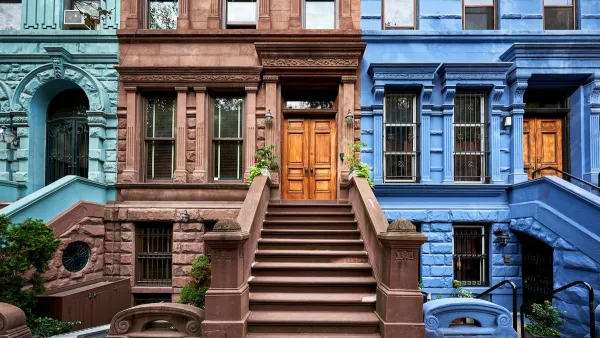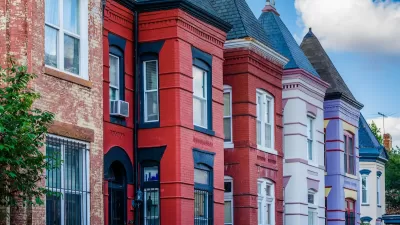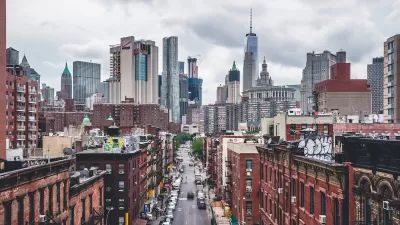The way we design cities affects housing costs differently than you might think.

As more of the world becomes urbanized, Cem S. Kayatekin and Lorenzo Uribe Sanmiguel argue that the way we build cities and “urban form” can have a dramatic impact on housing affordability, livability, and economic development.
The authors make a distinction between bottom-up and top-down development. “Today there are extensive discussions of bottom-up development and how it fosters communities and neighbourhood identity, while the lasting imprints of top-down regimes are still clearly visible in contemporary cities around the world.”
The debate over whether bottom-up or top-down systems are more inclusive and fair persists: proponents of bottom-up approaches see value to the organic development of different forms, while supporters of top-down development assert that uniform systems are more efficient.
Using case studies from Barcelona and Madrid, the authors discovered that “our research both confirmed and subverted the presumed theoretical link between urban form and housing stock, and the presumed supremacy of bottom-up over the top-down areas in fostering economic diversity.”
The study found that bottom-up areas did contain more small and affordable housing units, but that this was largely due to smaller plot sizes. “Older bottom-up areas seem to naturally lend themselves to having more small-scale plots. This is likely due to the incremental development of these areas, and the complex land ownership patterns that developed as a result.”
The broader implication for the housing crisis is that encouraging more small-lot development can boost supply and improve affordability. “What our research indicates is that deeper, more structural approaches may be worth considering – approaches that not only address the physical form of the city, but also the ownership patterns that underpin it.”
FULL STORY: “Urban form” and the housing crisis: Can streets and buildings make a neighbourhood more affordable?

Planetizen Federal Action Tracker
A weekly monitor of how Trump’s orders and actions are impacting planners and planning in America.

Maui's Vacation Rental Debate Turns Ugly
Verbal attacks, misinformation campaigns and fistfights plague a high-stakes debate to convert thousands of vacation rentals into long-term housing.

San Francisco Suspends Traffic Calming Amidst Record Deaths
Citing “a challenging fiscal landscape,” the city will cease the program on the heels of 42 traffic deaths, including 24 pedestrians.

Amtrak Rolls Out New Orleans to Alabama “Mardi Gras” Train
The new service will operate morning and evening departures between Mobile and New Orleans.

The Subversive Car-Free Guide to Trump's Great American Road Trip
Car-free ways to access Chicagoland’s best tourist attractions.

San Antonio and Austin are Fusing Into one Massive Megaregion
The region spanning the two central Texas cities is growing fast, posing challenges for local infrastructure and water supplies.
Urban Design for Planners 1: Software Tools
This six-course series explores essential urban design concepts using open source software and equips planners with the tools they need to participate fully in the urban design process.
Planning for Universal Design
Learn the tools for implementing Universal Design in planning regulations.
Heyer Gruel & Associates PA
JM Goldson LLC
Custer County Colorado
City of Camden Redevelopment Agency
City of Astoria
Transportation Research & Education Center (TREC) at Portland State University
Jefferson Parish Government
Camden Redevelopment Agency
City of Claremont





























